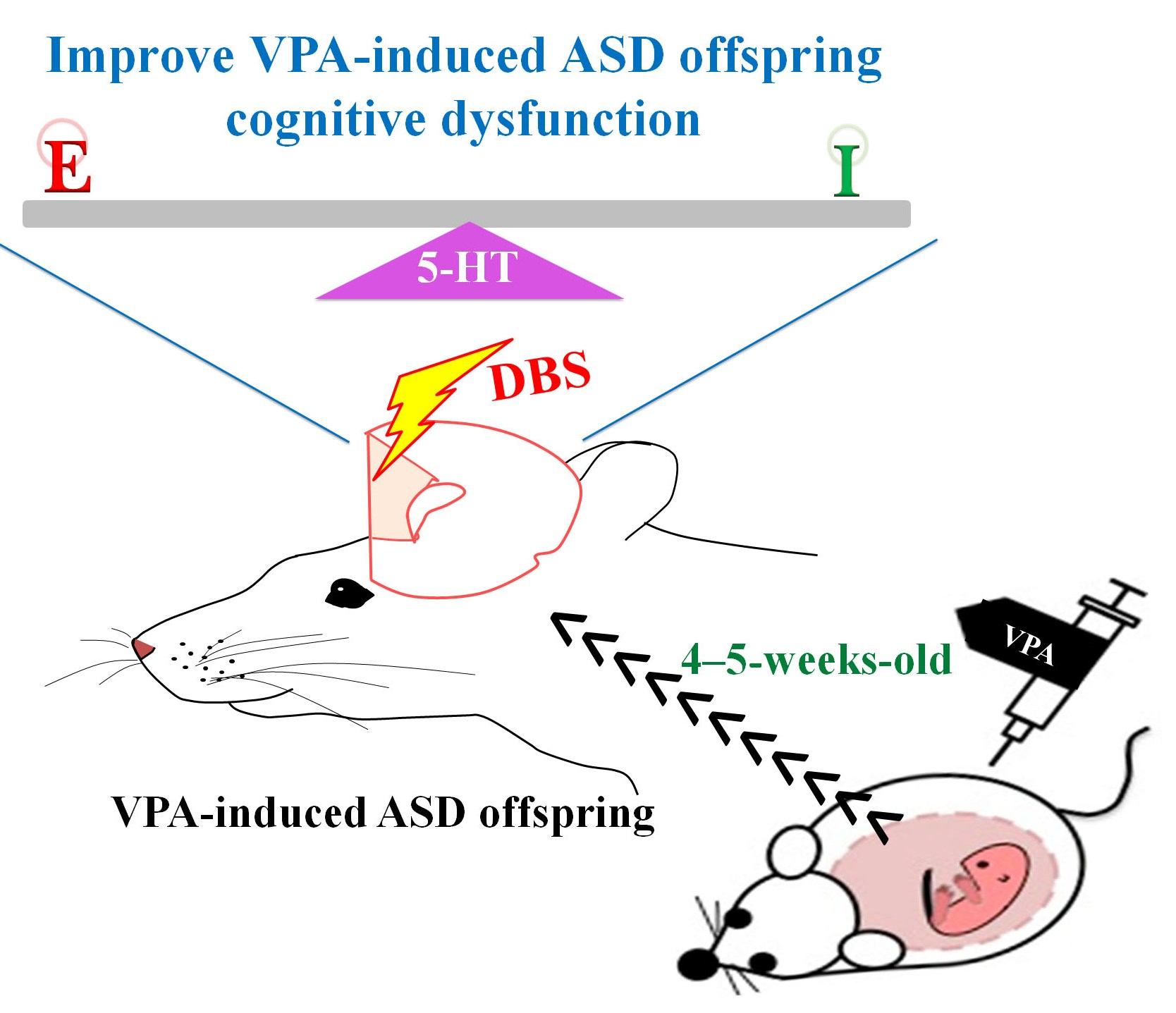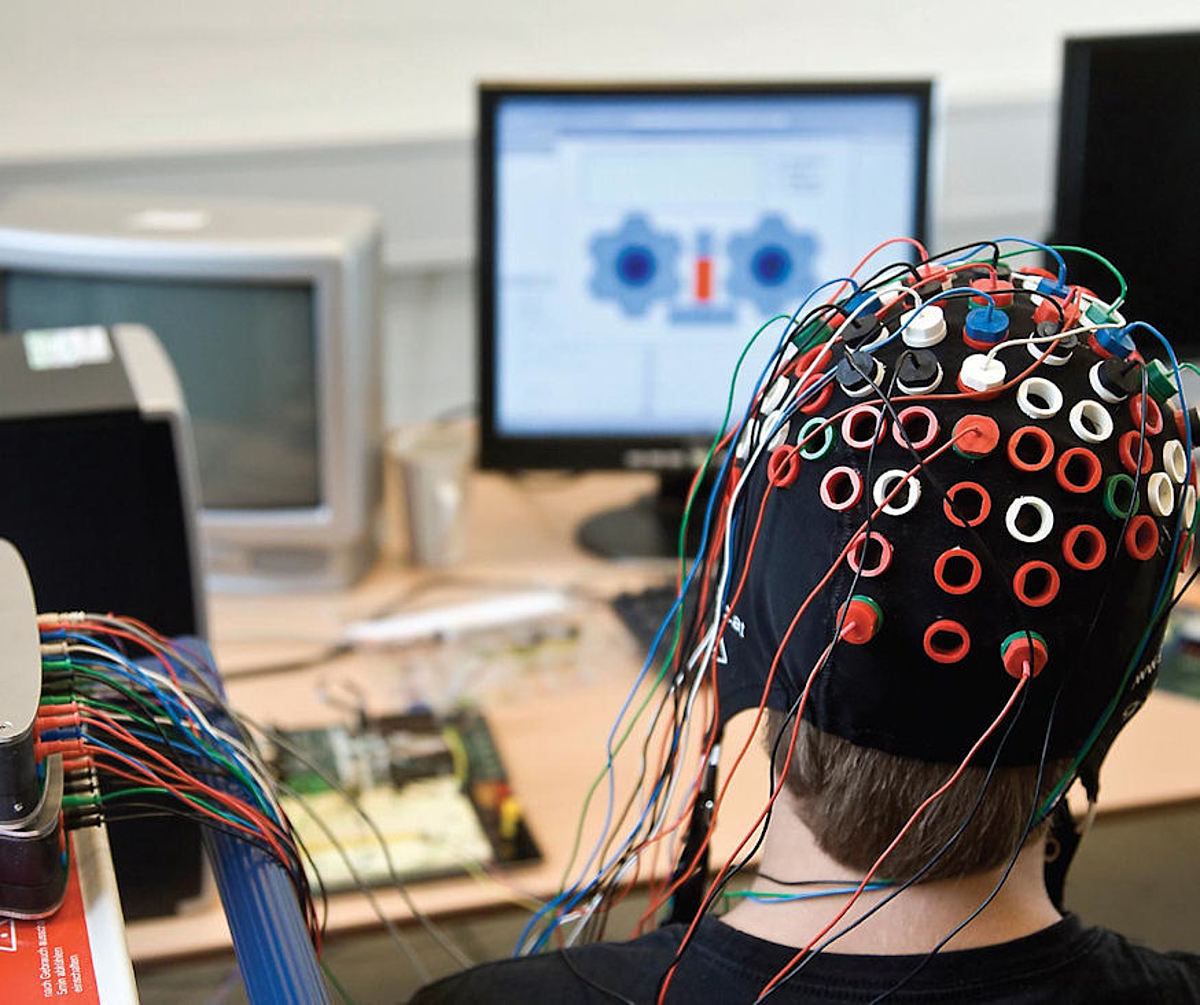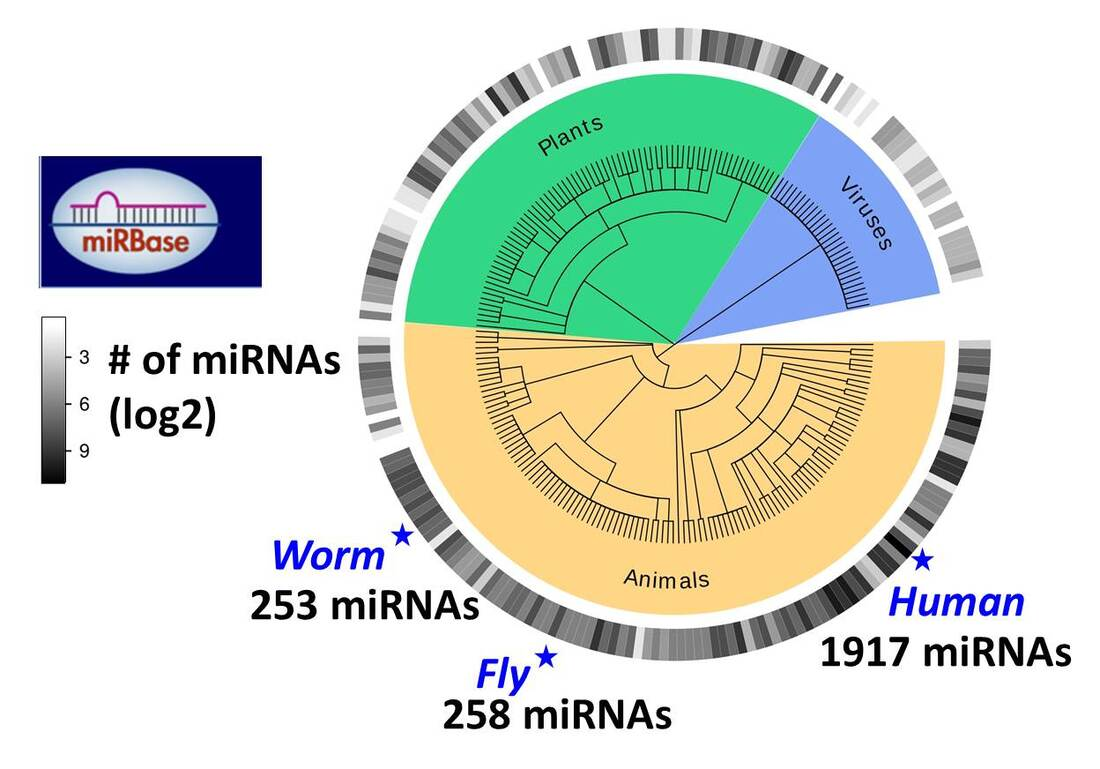Rat behavior and autism are intricately linked through pioneering research that examines the social behaviors of these intelligent rodents. By employing advanced AI techniques, scientists are uncovering new insights into the neuroscience behind social interactions in rats, which may reflect similarly in humans with autism spectrum disorders. A recent study illustrates how machine learning helps track over 110 million movements, revealing the nuances of rat social behavior. These findings not only enhance our understanding of rat social dynamics but also open pathways to understanding human social challenges. As researchers delve deeper into the behavioral patterns of these animals, they aim to draw parallels that could ultimately benefit individuals on the autism spectrum.
The exploration of rodent interactions and their parallels to human behavioral conditions like autism has gained traction in recent studies. In particular, the examination of social connections within rat populations acts as a lens through which researchers can analyze behavioral variations and their neurological underpinnings. Utilizing modern AI tools, scientists are mapping these social frameworks, revealing insights into the complex fabric of animal interactions. This research journey underscores the importance of understanding how genetics and environmental factors intertwine to shape behavioral responses in both rats and humans. Through this comparison, researchers hope to foster new understandings that bridge the gap between animal behavior studies and human psychological conditions.
Understanding Rat Behavior Through AI
The advent of AI technologies in animal research has revolutionized the way we study social behavior in species like rats. Traditional observational methods have long been limited by the subjective interpretation of human observers, often resulting in incomplete data. However, with machine learning algorithms, particularly those capable of processing vast amounts of video data, researchers can now accurately quantify interactions and behaviors among rats. By tracking over 110 million individual movements in three-dimensional space, scientists can capture their intricate social dynamics, providing insights into the larger framework of social behavior in animals.
These advancements in AI not only improve the reliability of data collected from rat behavior studies, but they also offer potential parallels to human social interactions. The automated tracking of rats as they engage in social rituals, such as grooming or playing, allows for a deeper understanding of the mechanisms driving these behaviors. As researchers highlight, the complexities of rat social interactions can shed light on the fundamental aspects of neuroscience related to human social behavior, particularly regarding emotional intelligence and interpersonal communication.
Rat Behavior and Its Implications for Autism Research
The exploration of rat behavior through enhanced observational techniques is opening new avenues for understanding complex human disorders like autism. With certain rat models genetically modified to replicate specific mutations associated with autism spectrum disorders, researchers are able to observe corresponding changes in social behavior. This parallels findings in humans, where variations in gene expression can lead to diverse social interaction patterns. Such comparative studies are crucial, as they may elucidate pathways that influence sociability and help develop therapeutic approaches.
Research has suggested that social behavior in rats can reflect the traits observed in children on the autism spectrum. For instance, variations in gene knockouts have resulted in observable changes in how these rats communicate and interact with their peers. This spectrum of behavior among genetically modified rats provides a valuable model to study the relationships between genetics, brain function, and social conduct in autism. Enhanced understanding of these connections may ultimately guide targeted interventions, potentially improving social outcomes for individuals living with autism.
The Role of Machine Learning in Behavioral Analysis
Machine learning is becoming an indispensable tool in behavioral analysis, particularly in the study of social behaviors in rats. The ability to extract and analyze a wealth of behavioral data allows researchers to move beyond anecdotal observations to scientific rigor. This is particularly important in distinguishing the subtleties of social gestures among rats, a pivotal aspect of their interactions. As the researchers use AI to categorize specific behaviors and interactions, they are laying down a foundation for understanding intricate social patterns and their neurological underpinnings.
Moreover, this machine-learning approach can identify trends and anomalies in behavior that may correlate with genetic variations or environmental changes. By examining how rats interact under different conditions or mutations in specific genes, scientists can gather insights that may translate to human social behaviors. Ultimately, this comprehensive examination of behavioral data through advanced AI will provide a clearer picture of the neurobiological mechanisms behind social behaviors, benefiting not only animal research but also extending to human health and cognitive therapies.
Neuroscience Insights from Rat Social Interactions
The study of rat social interactions has proven to be a rich source of insights for neuroscience. By observing how rats communicate through body language, researchers are able to decode the underlying neural circuits that govern social behavior. For instance, behaviors such as grooming, social play, or even aggressive posturing can reveal critical information about the emotional state and social hierarchy within a rat community. Understanding these behaviors at a neural level can help researchers identify parallels in human brain function.
Additionally, the implications of these findings extend into realms like emotional disorders and autism, where similar social behaviors are observed in humans. The parallels drawn between rodent behavior and human emotional and social processing can provide profound insights into conditions marked by social deficits. As research advances, the neuroscience derived from studying rat interactions could lead to new interventions designed to enhance social skills and mitigate the effects of disorders linked to social behavior deficits.
Exploring Genetic Influences on Rat Social Behavior
Genetic components significantly influence social behavior in rats, as researchers have identified specific mutations that affect how these animals interact with one another. By utilizing genetically modified rat models, scientists can observe variations in social engagement linked to particular genetic expressions. This research is essential in establishing a direct connection between genetics and social behavior, crafting a clearer narrative for how similar mechanisms may apply to human conditions such as autism.
Through carefully designed behavioral tests and analyses, researchers can discern how changes in genes associated with social interaction affect rat behavior. For example, by observing changes in social behaviors in rats with specific genetic knockouts, researchers can uncover deeper insights into how similar genetic changes might affect humans. The findings not only contribute to our understanding of animal behavior but also provide a framework for studying the complex biological roots of social behavior in humans.
Behavioral Phenotypes: What Rats Reveal About Sociality
Behavioral phenotypes among rats exhibit a variety of social interaction styles, reflecting how individual differences influence group dynamics. Some rats may demonstrate more dominant behaviors, while others may be shy or more reserved, leading to complex social hierarchies. By analyzing these behaviors with AI-driven methodologies, researchers can map out how these varying personalities affect overall social structures and community functioning. This knowledge helps in modeling social behavior at a larger scale.
Understanding these behavioral phenotypes is not just of interest to animal scientists; it has ramifications for studying social disorders in humans, such as autism spectrum disorder. Variations in personality traits and social skills among rats can parallel the diverse presentations observed in autistic individuals. Thus, by examining these differences in an experimental setting, researchers can gain insights into the biological and environmental factors shaping behavior, paving the way for targeted therapies that accommodate individual differences.
Future Directions in Rat Behavior Research
As new technologies emerge, the future of rat behavior research looks promising. There is growing interest in integrating advanced imaging techniques, such as real-time neuroimaging, with AI analysis to observe how brain activity correlates with social behavior in rats. This combined approach will enhance our understanding of the biological basis for behavior, allowing researchers to observe changes in neural networks as they occur during social interactions.
The evolution of these research methodologies could lead to groundbreaking insights that not only advance our understanding of animal behavior but also inform treatment strategies for human behavioral and emotional disorders. Given the similarities between rat and human social behaviors, findings from future research could lead to novel therapeutic approaches for autism, improving social engagement and quality of life for affected individuals.
The Importance of Data Sharing in Behavioral Science
Data sharing in scientific research enhances collaboration and accelerates discovery. The research team, led by Ugne Klibaite, emphasizes the value of releasing large datasets on rat behavior to the broader scientific community. By sharing the extensive data captured through AI analysis, other researchers can build on existing findings, replicate experiments, and contribute to refining behavioral models, ultimately enriching the field of behavioral science.
Furthermore, open access data enables researchers from various disciplines, including neuroscience, psychology, and even artificial intelligence, to engage with the material. This interdisciplinary approach can foster innovative techniques and frameworks that enhance our understanding of social behavior. By fueling collaboration and knowledge sharing, researchers can promote deeper insights into both animal behavior and its implications for human disorders, paving the way for effective interventions.
Ethical Considerations in Animal Research
As the field of animal research advances, ethical considerations must remain at the forefront. Researchers must ensure that their studies of rat behavior are conducted in ways that prioritize the welfare of the animals involved. This includes providing appropriate living conditions, minimizing distress, and ensuring that research practices abide by established ethical standards. By maintaining these practices, researchers can foster public trust and support for ongoing scientific inquiry.
Moreover, ethical considerations also extend to the implications of the research findings. As insights from rat behavior may inform treatments for human conditions, it is critical that researchers approach these applications with compassion and responsibility. Ensuring that the research translates into positive societal impacts requires thoughtful reflection on how findings influence therapies and societal perceptions of conditions like autism. A robust ethical framework is essential for the future of animal research and its potential contributions to understanding human behavior.
Frequently Asked Questions
How does AI in animal research improve understanding of rat behavior and autism?
AI in animal research enables scientists to analyze rat behavior at an unprecedented scale. By using machine learning techniques, researchers can track and quantify the social interactions of rats, revealing complex patterns that resemble human social behavior. This information can provide insights into how genetic variations associated with autism might affect social behavior, ultimately aiding in the development of therapies for autism spectrum disorders.
What are some key findings about rat social interactions that relate to autism?
Recent studies have shown that rats exhibit distinct social behaviors that mirror human interactions. These behaviors include subtle body language and gestures which can be quantified using AI technology. Researchers have identified variations in social interactions among genetically modified rats, paralleling the diverse social behaviors seen in individuals with autism spectrum disorders, thus providing a novel model for studying autism.
In what ways can neuroscience and social behavior studies of rats inform autism research?
The intersection of neuroscience and social behavior studies in rats allows researchers to investigate how specific genes influence social interactions. By observing how genetically altered rats behave socially, scientists can gain insights into the neural circuits impacted by genetic mutations associated with autism, thereby enhancing our understanding of the biological underpinnings of social behavior in autism.
How does machine learning facilitate the study of rat behavior and its implications for autism?
Machine learning facilitates the study of rat behavior by processing large volumes of data collected from rat interactions, which would be overwhelming for human observers. This technology allows for precise tracking of movements and social gestures, enabling researchers to identify differences in social behavior linked to genetic alterations that may inform our understanding of autism.
What is the significance of tracking social behavior in rats for autism research?
Tracking social behavior in rats is significant for autism research as it offers a controlled environment to study genetic influences on behavior. The detailed insights gained from monitoring rat interactions can help researchers explore the behavioral manifestations of autism, offering a potential pathway to identify therapeutic targets and interventions for enhancing social skills in individuals with autism.
| Key Points | Details |
|---|---|
| AI Methods in Rat Behavior Studies | New AI techniques allow researchers to track and analyze rat interactions, improving understanding of social behaviors. |
| Social Interaction | Rats exhibit complex social behaviors similar to humans, highlighting the importance of body language. |
| Genetic Components in Autism | Studies on genetically modified rats provide insights into social behavior changes related to autism. |
| Machine Learning Advantages | Machine learning allows for the analysis of millions of data points from rat interactions, surpassing traditional observational methods. |
| Implications for Human Research | Findings from rat behavior studies may offer new insights into human autism and social behavior disorders. |
Summary
Rat behavior and autism are intricately linked through recent research that seeks to unravel the complexities of social interaction and brain function. By utilizing advanced AI methods, scientists can analyze rat behaviors more effectively, shedding light on social dynamics that may parallel human conditions, particularly autism. This research not only enhances our understanding of rat social behavior but may also provide a basis for exploring the genetic and environmental factors that contribute to autism, potentially paving the way for new therapeutic approaches.


